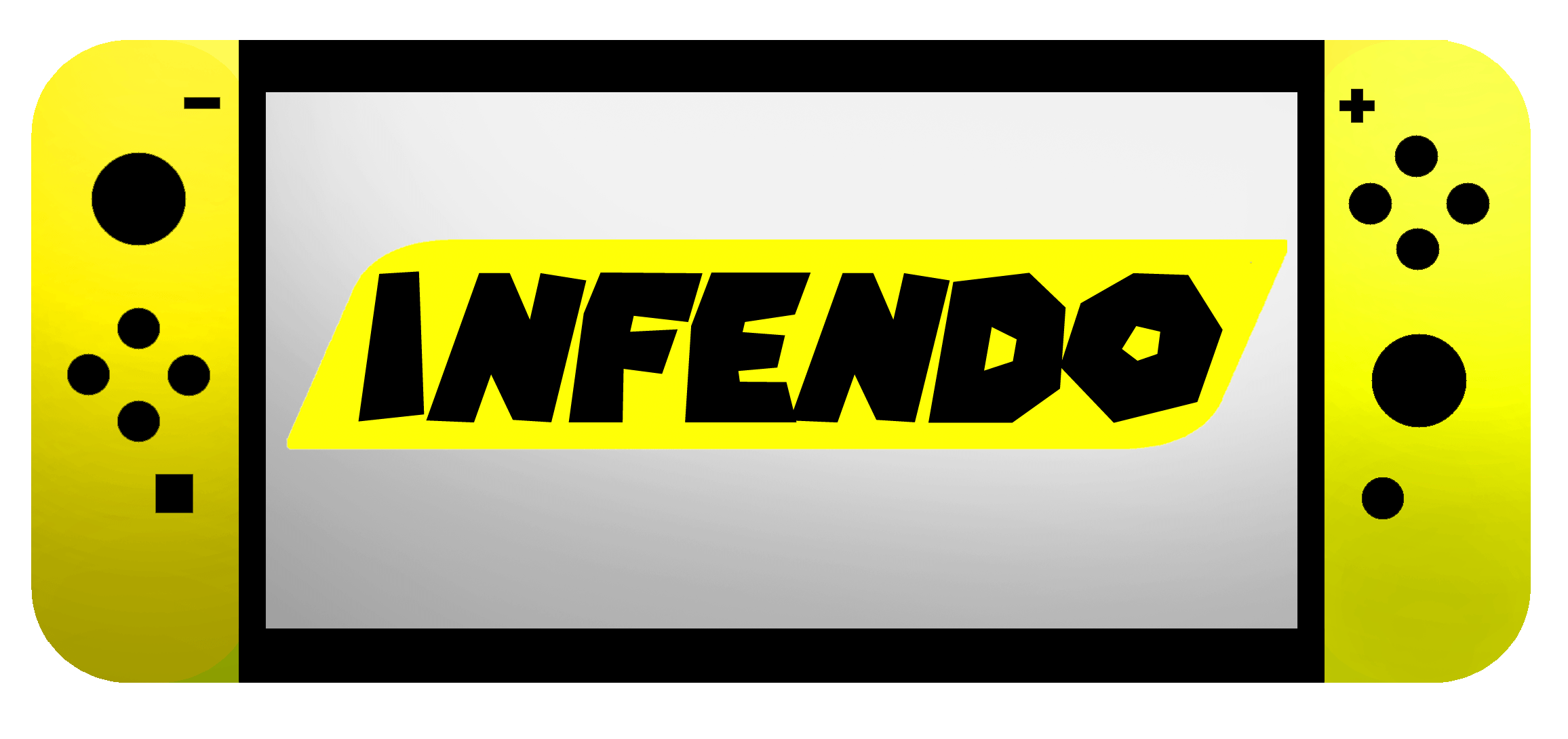
Nintendo has a rich history of innovative and gameplay contributing hardware. You know: new hardware twists that improve the way we interactive with games. Having played all of the company’s systems since 1986, here’s how I’d rank ’em in terms of most gameplay enabling to least gameplay enabling:
- Nintendo DS. Whose to blame for the ongoing touch gaming revolution? This little guy. Not only that, the DS lends itself better to virtually every genre ever created. Talk about adaptive hardware. Consequently, it’s the best-selling video game system ever (console or handheld, whether made by Nintendo or not). Talk about well received.
- Nintendo Entertainment System. Directional pads and face buttons might not have existed if it weren’t for this gray box. Joysticks are retro-chic and all, but they’re horribly imprecise when compared to gamepads that the NES pioneered. In fact, some of the best Wii and iOS games mimic the NES joypad (Wiimote turned sideways or on screen d-pad and two face buttons).
- Wii. The only thing that keeps this from being higher on my list is the limited number of genres that benefit from motion control. Obviously, Wii works great for a lot of games, including apparatus sports (tennis, golf, bowling, etc), arcade shooters, and puzzlers, but other popular genres like platformers, first and third-person games, and others are better served overall with a gamepad. The current gaming landscape is a testament to that.Â
- Game Boy. Whose to blame for the mobile gaming revolution still taking the world by storm? This little guy. Admittedly, a lot of early Game Boy games haven’t aged well. But at the time it was certainly a revelation to game on the go.
- N64. 3D worlds are kind of a big deal. And if it weren’t for the N64, we might have never experienced them with smooth, analog controls. For every Goldeneye, Mario 64, and Ocarina, however, there were a lot of forgettable N64 games that didn’t benefit much from camera control buttons and the analog stick.
- Game Boy Advance. The best traditional handheld ever made hands down. It’s perfect. One d-pad. Two primary face buttons. Two secondary shoulder (or bumper) buttons. In fact, the limited controls forced developers to come up with even smarter ways to control games.
- Super Nintendo. You want to know what made the SNES such a great system? Greatly improved developer talent in making software. It had nothing to do with six excessive action buttons, which does little to nothing for games not named Street Fighter II (and you’re kidding yourself if you think that game would have been worse with only 3-4 punch/kick buttons instead of six). Demakes of NES games prove in hindsight that with the right know-how, 8-bit games could have been just as deep as 16-bit ones. But it had everything to do with software innovations and little to do with hardware innovations.
- GameCube. If I were listing my favorite Nintendo systems, this would be top 5. Since I’m not, it’s obvious the GameCube was little more than an N64 with better graphics ’ although dual analogs and pressure sensitive shoulder buttons offered minor improvements. Resident Evil 4 was a gaming revolution, and the father of all modern third-person action games since. But again, it had nothing to do with hardware. It was purely a software innovation.
- Nintendo 3DS. It’s still early, but it ain’t looking good long-term. So far, the 15 or so 3DS games I played don’t benefit at all by 3D. Yes, the graphics pop a little more. But the thing offers zero gameplay gains. You’re better off sticking to DS games until Nintendo finally releases that one game that is “only playable and improved by 3D” ’ if such a game exists.
- Virtual Boy. If headaches enabled great gameplay, this would be a winner. Since they don’t, it’s obvious this is the most rushed, pointless, and failed Nintendo system ever.
How would you rank ’em?
